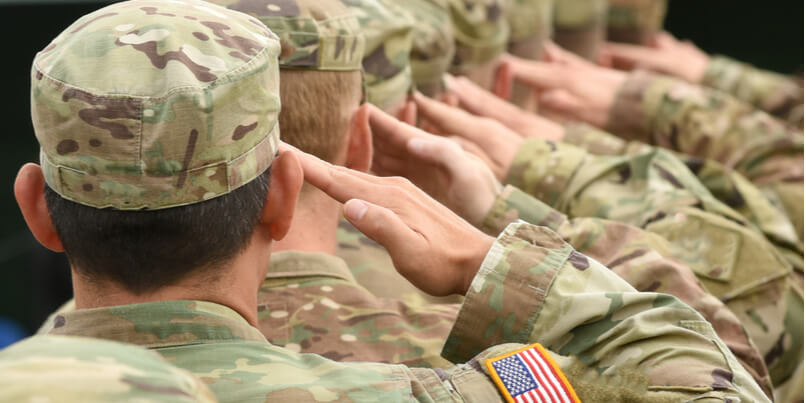 As the world continues to grapple with the devastating impact of the COVID-19 pandemic, discussion has inevitably turned to the threat to global military capability, both in the short-term and further down the line.
As the world continues to grapple with the devastating impact of the COVID-19 pandemic, discussion has inevitably turned to the threat to global military capability, both in the short-term and further down the line.
In the first few weeks of the pandemic, we saw the scaling back, the postponement and the temporary suspension of a number of military operations - including the cancellation of joint exercises, a reduction in provision of basic training and the repositioning of troops into a larger number of smaller bases.
While COVID-19 continues to remain a critical global challenge, it is vital to ensure that the military is able to continue to develop and nurture the high level of proficiency that is required of its CBRN personnel.
Conducting safe and effective CBRN training in a new environment of social distancing, will undoubtedly present its challenges.
The provision of complex tactical training for example, often relies on being able to bring together a broad variety of different skill sets.
In some cases there may be the need to bring together large numbers of individuals - or for close contact between trainees, their instructors and their training aids.
Add into that mix the effects of a powerful and pervasive virus, and the training challenges become even more demanding.
As instructors seek out resourceful alternatives to fulfil their CBRN training requirements, one solution may lie in the virtual world.
The rise of simulator technology
From its earliest beginnings with the development of flight simulators in the early 20th century, simulations and simulator technology have strengthened and evolved to become powerful assets in the provision of twenty-first century military training.
The use of computer simulations and simulator equipment offers a way to create high-fidelity and hyper-realistic hands-on training that can be safely conducted in any configuration and in any environment.
Different forms of simulator training have already proven their worth in the provision of CBRN reconnaissance and decontamination training.
Getting hands-on with working replicas of actual CBRN detector equipment is an invaluable tool in helping trainees to build confidence in handling their detectors - and, perhaps most importantly, in being able to trust the information that their detection equipment provides.
Virtual CBRN training solutions
In the current COVID-19 climate, when in-field training may not always be practical or possible, the use of classroom-based virtual CBRN training exercises can deliver powerful, educational and engaging training that develops skill, builds confidence and boosts operational effectiveness.
Argon's PlumeSIM system is one example of a virtual training tool that enables students to maneuver their physical simulators throughout a computer simulated threat environment using a standard Gamepad controller.
The addition of the PlumeSIM-SMART app adds even more flexibility to the training process by providing instructors with a cost-effective training system that is available on a subscription basis.
One obvious advantage of taking existing CBRN training programs into the virtual realm is that the current generation of new soldiers are already well-versed in using these types of technology.
The use of virtual reality headsets, game controllers and handheld devices are an everyday staple of the popular gaming environment - which makes transplanting those skills into the CBRN training environment a natural next step.
The Saab Gamer CBRN Interface
Finding a way to embed the gaming experience into a military training context has been a significant driver in the development of the new Saab Gamer CBRN Interface which combines Saab's long standing gaming expertize with Argon Electronics' PlumeSIM technology.
The end result is a state-of-the-art CBRN Live Training tool that provides an immersive, versatile and highly realistic training environment where trainees can develop their proficiency in responding to a diverse range of potential CBRN incidents.
The vast potential of the enhanced PlumeSIM Saab Gamer Interface was first put to the test five years ago in a live Chemical Warfare Agents (CWA) scenario at the 10th international Levels of Fidelity live training symposium in Switzerland.
Since then the system has continued to be molded and developed to readily support not just CWAs but also the use of simulated portable radiological survey meters such as the PDR-77 and the UDR14.
As long as COVID-19 continues to remain a global threat, the need to find alternative ways to deliver high-quality CBRN training is likely to remain a significant priority.
If you would like to learn more about Argon's range of simulator technology training tools, and how they can enhance your existing CBRN training programs, then please register for one of our twice-weekly live product demonstrations.







